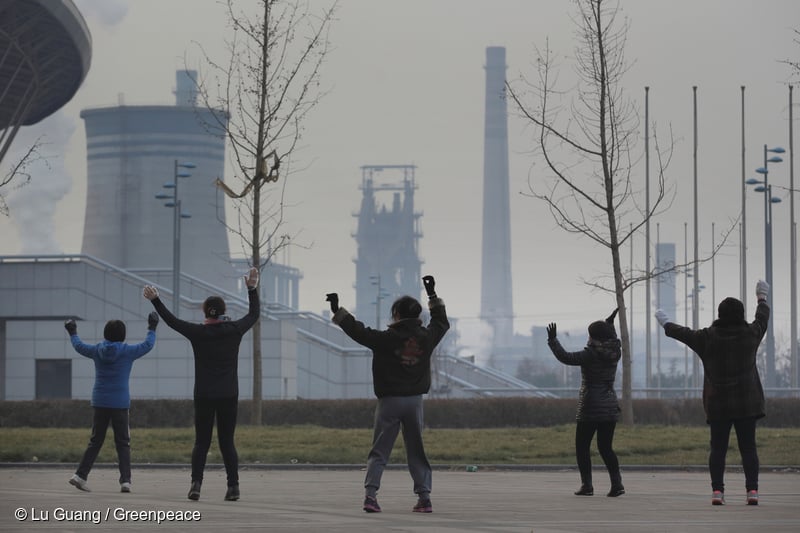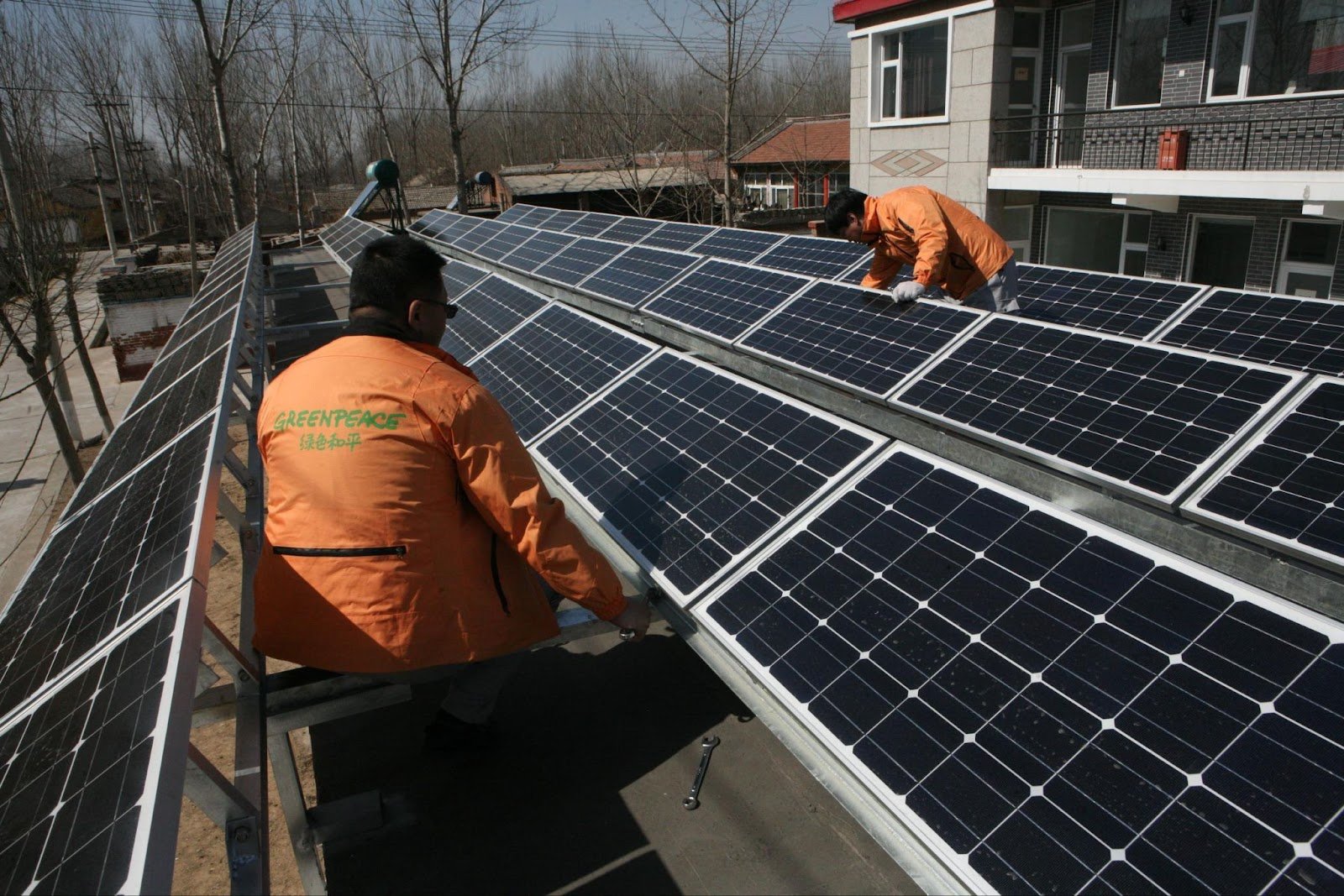BEIJING, 28 May 2021 – Electricity consumption from data centers and 5G base stations in China is on track to increase by an estimated 289% between 2020 and 2035, according to a new report from Greenpeace East Asia. In 2020, 61% of electricity that powered China’s digital infrastructure came from coal.
“Explosive growth in digital infrastructure does not need to mean growth in emissions. Technology companies have the potential to catalyze real emissions reductions via investment in distributed renewables projects and direct purchase of wind and solar energy, among other strategies. But some of the industry’s biggest players, including Alibaba and GDS, have yet to issue 100% renewable energy or carbon neutrality commitments,” said Greenpeace East Asia climate and energy campaigner Ye Ruiqi.
Carbon emissions from China’s internet industry are projected to continue to rise through 2035, long after China’s targeted 2030 national emissions peak, creating complications for the country’s national carbon neutrality commitments. By 2035, emissions from digital infrastructure in China are forecast to reach 310 million tonnes, more than three times Guangzhou’s total carbon emissions in 2019. [1] By contrast, sectors such as steel, non-ferrous metal, and cement, are expected to peak emissions around 2025.
5G is one of the fastest growing sources of internet sector emissions in China. Power consumption from 5G in China is on track to skyrocket 488% by 2035, reaching 297 billion kWh by 2035, roughly equivalent to Sichuan’s total electricity consumption in 2020.
| Sector | Electricity Consumption in 2020 | Projected Electricity Consumption in 2035 | Increase |
| Data Centers | 150.7 billion kWh | 485.5 billion kWh | 222% |
| 5G | 50.4 billion kWh | 296.5 billion kWh | 488% |
To date, only two major data center operators in China, Chindata and AtHub, have committed to achieve 100% renewable energy by 2030.
“Internet companies in China must commit to achieve 100% renewable energy and carbon neutrality across the supply chain by 2030. At the same time, policymakers can help enable this transition by mandating the use of 100% renewable energy and providing financial incentives for companies to shift to wind and solar. Digital technology should be a solution to the climate crisis, not a growing source of emissions,” said Ye.
Notes
[1] Assuming China’s grid decarbonizes toward between 1.5°C and 2°C, which would mean that non-fossil share of power generation reaches 53%-61% in 2035.
Abridged English report here.
Full report here (in Chinese).
Media Contacts
Erin Newport, International Communications Officer, Greenpeace East Asia: +886 958 026 791, [email protected]
Greenpeace International Press Desk, [email protected], +31 (0) 20 718 2470 (available 24 hours)



